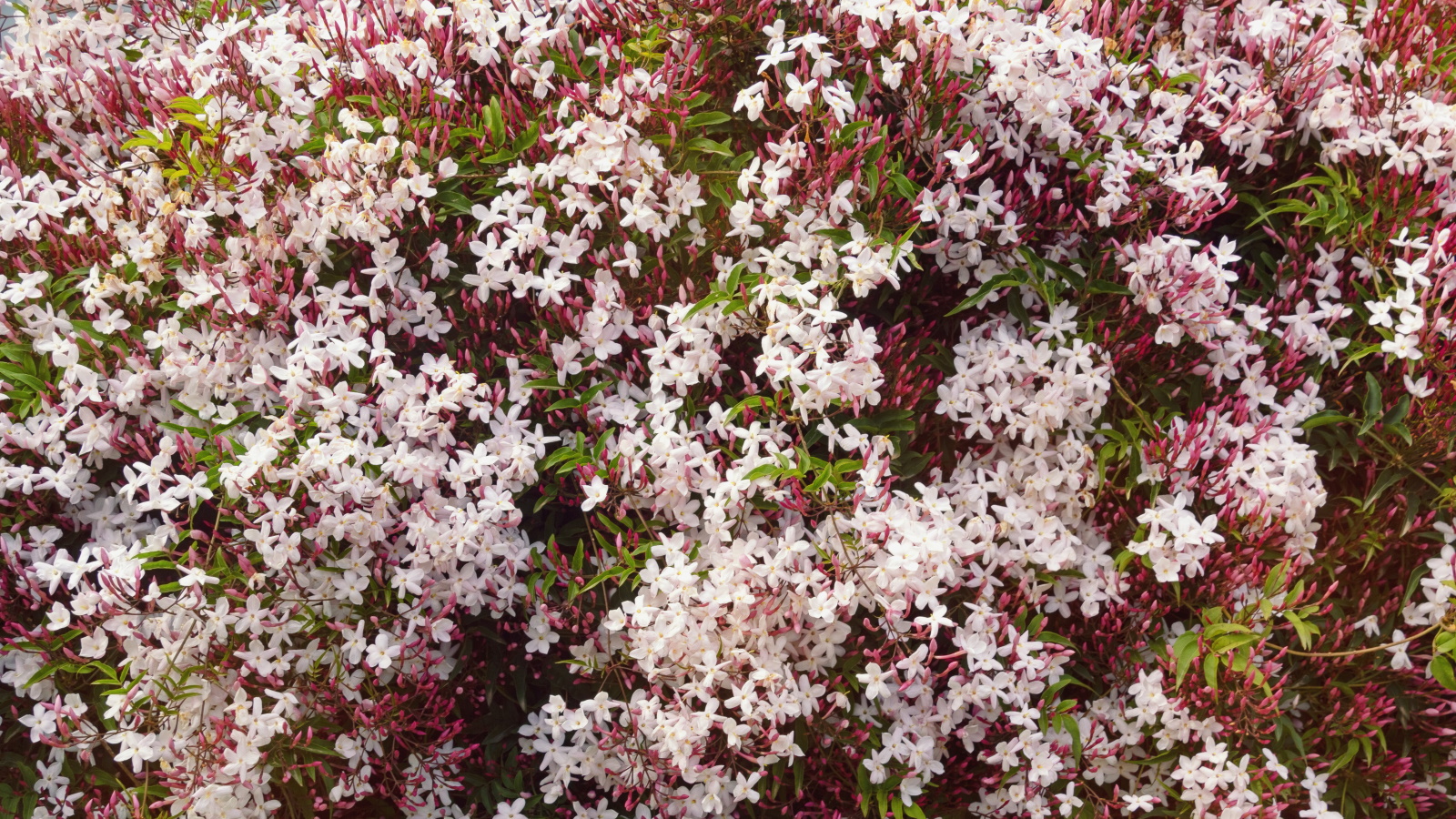
With a sweet fragrance and attractive pink or white blooms, jasmine is a climbing plant that more than earns its spot in any yard. I have grown jasmine in many gardens where I have worked as a professional gardener, and while my taste in plants seems to change almost as quickly as the weather, jasmine is one climber that consistently remains a favorite.
Whether you want to grow jasmine in pots or seek climbing plants to grow up a house, jasmine is undoubtedly one of the best climbing plants for any space. It is both hardy and vigorous, growing well in temperate and warmer regions, and producing masses of flowers every year.
With a few simple jasmine care tips, you can ensure that your jasmine plants thrive, producing many flowers to admire in spring and summer. Here, garden experts share 3 jasmine-growing secrets that will guarantee success with this popular climber.
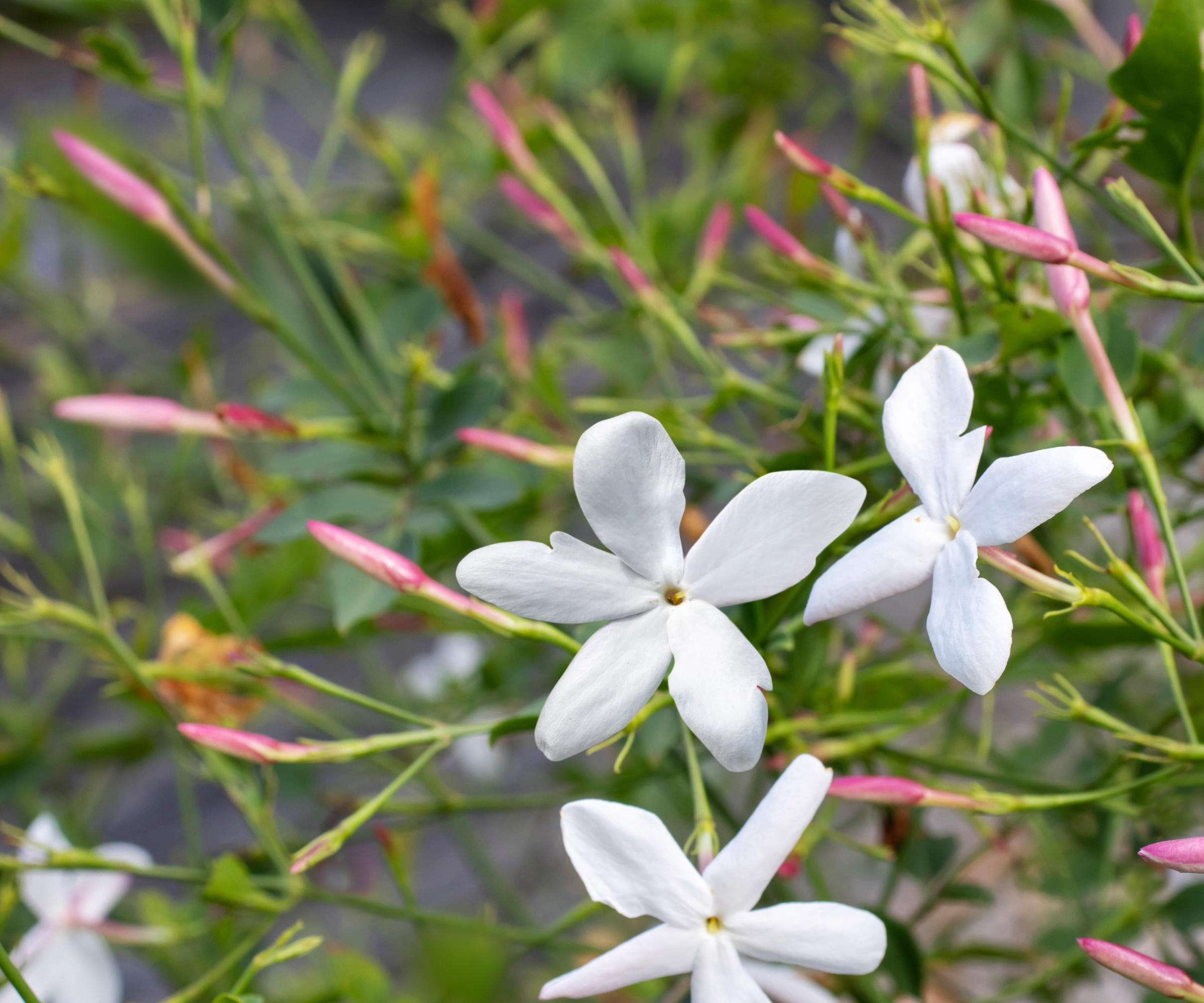
3 jasmine care tips
Learning how to grow jasmine is relatively simple, and by following a few steps, you can ensure that your climbers thrive. Common jasmine, Jasminum officinale, grows best in US hardiness zone 7 and above, although in my experience, it can be grown in cooler regions when positioned in a sheltered, sunny spot.
1. Staking jasmine plants
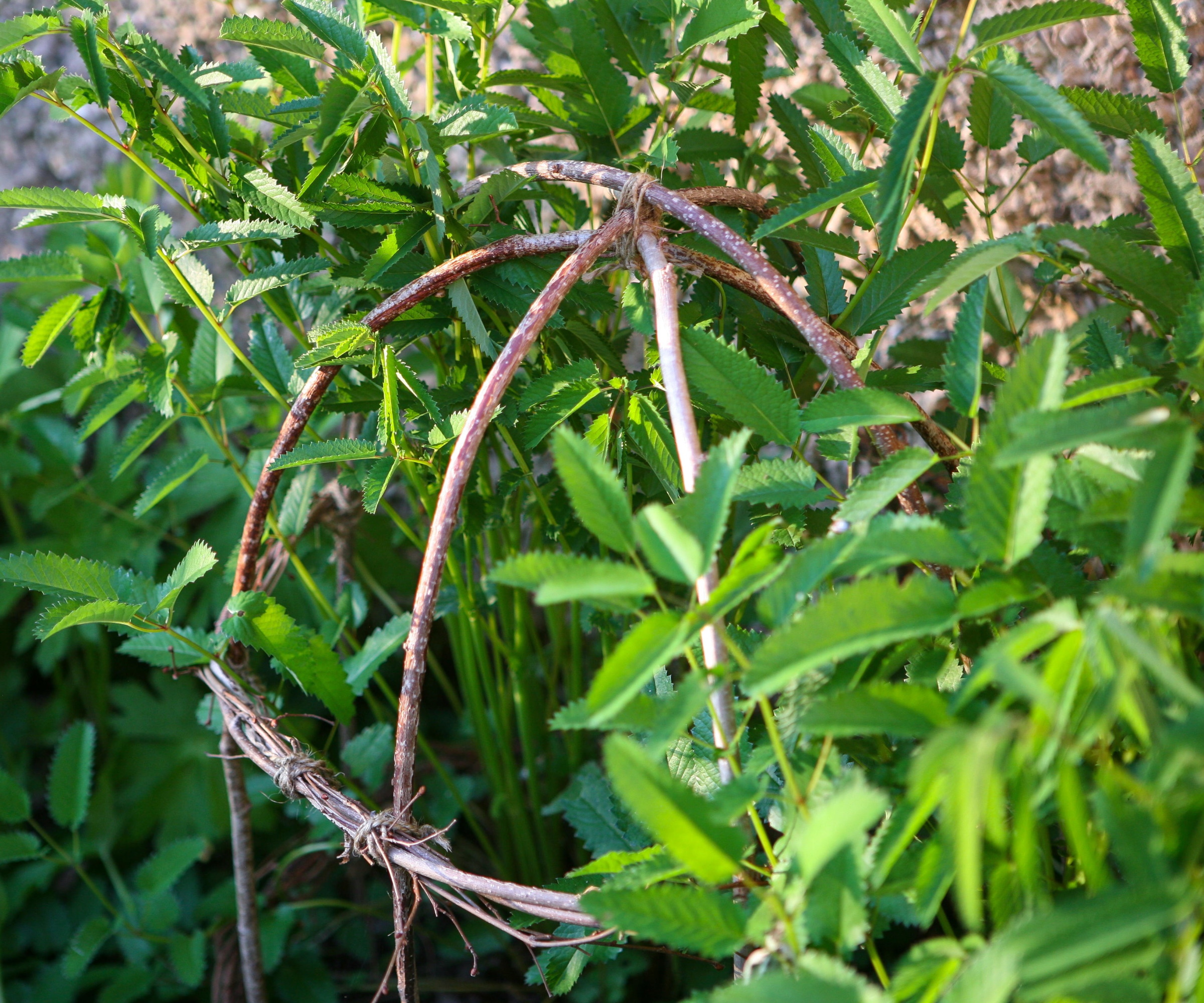
'When growing jasmine climbers, it is essential to provide support for your plants such as a trellis or a fence,' says plant expert, Katie Sunderlage. 'In warmer climates, common jasmine has the capability of growing up to 3 feet in one growing season, so make sure to choose a climbing structure tall enough to allow it to grow.'
There are many different climbing plant support ideas to try, including trellises, obelisks, or even pergolas. Jasmine plants are ideal for covering these structures with lush foliage and fragrant flowers. Alternatively, consider learning how to build hazel plant supports for a subtle, artisanal aesthetic in your yard.
'Ensure that your plant is close to the base of any plant support,' Katie says. 'New shoots can be gently woven into the plant support, attached using gardening twine, available from Amazon.'
Katie recommends keeping the ties 'loose to allow the stems to continue to grow.' Tying in should be a continuous job, 'training your plant upwards and outwards as new growth emerges.'
Plant supports and trellises are available to order online from Amazon.
2. Fertilizing jasmine
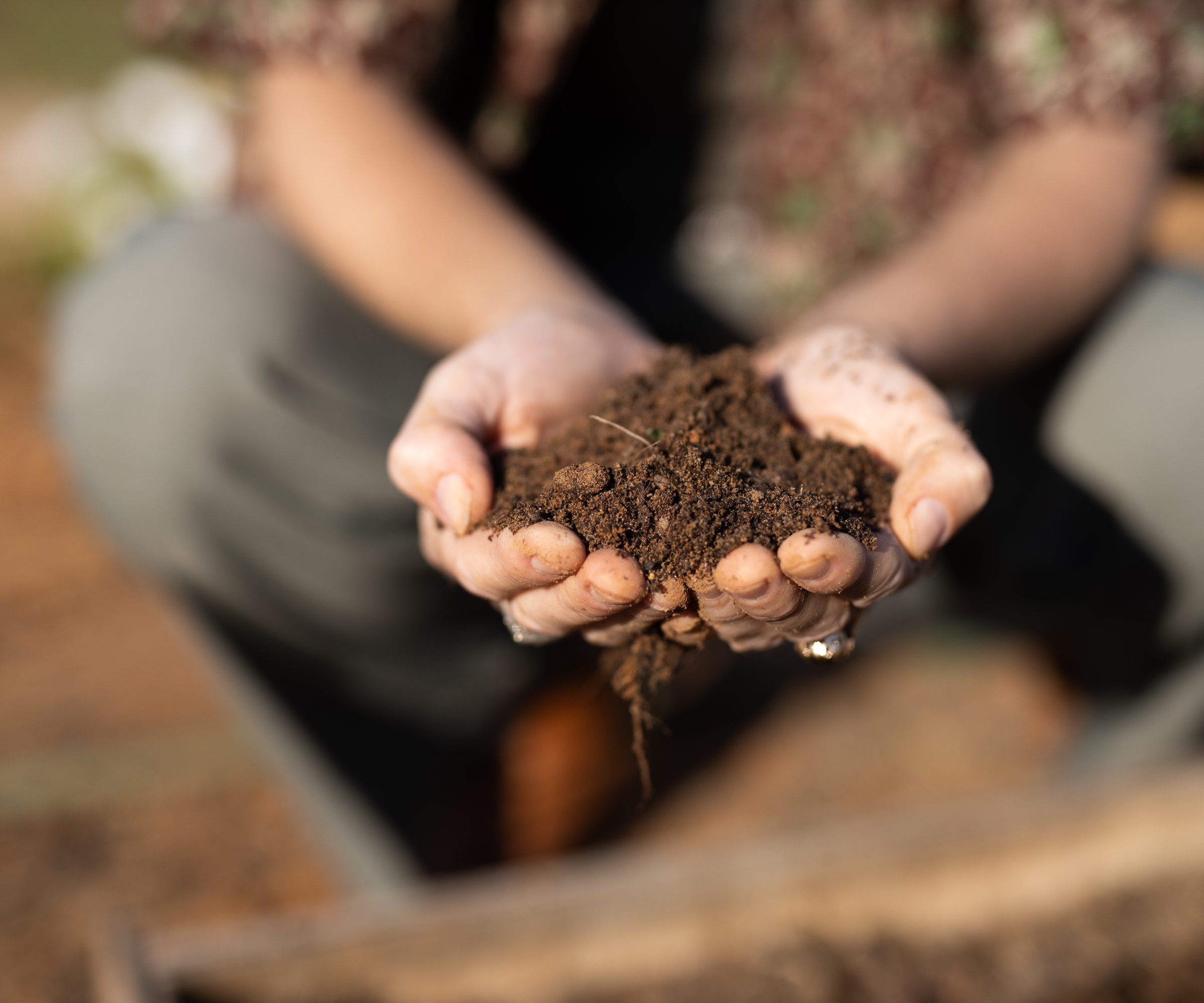
Learning how and when to fertilize jasmine is important, to ensure that your plants have all the nutrients they need to thrive. 'Jasmine should be fertilized lightly during the spring and summer months,' Katie continues.
'It is best to use a fertilizer high in phosphorus,' such as this bloom booster fertilizer, available from Amazon. 'Slow-release fertilizers are also a good idea,' Katie says, 'helping to feed your climbers throughout the active growing season with no further input required - and who doesn't enjoy easy gardening?'
'Once the jasmine blooms have stopped flowering in late summer, it is best to stop feeding for the year,' Katie adds.
Shop plant fertilizer
Miracle-Gro bloom booster feed is perfect for your flowering climbers, providing all the nutrients they need to continue flowering through the summer.
This organic garden soil is combined with fertilizer to give your borders and containers a nutrient boost this year, ensuring there is bounty of blooms in the yard.
This organic fertilizer is balanced and ideal for use on climbers, shrubs and perennials, providing all the nutrients they need for good growth.
3. Pinching out jasmine
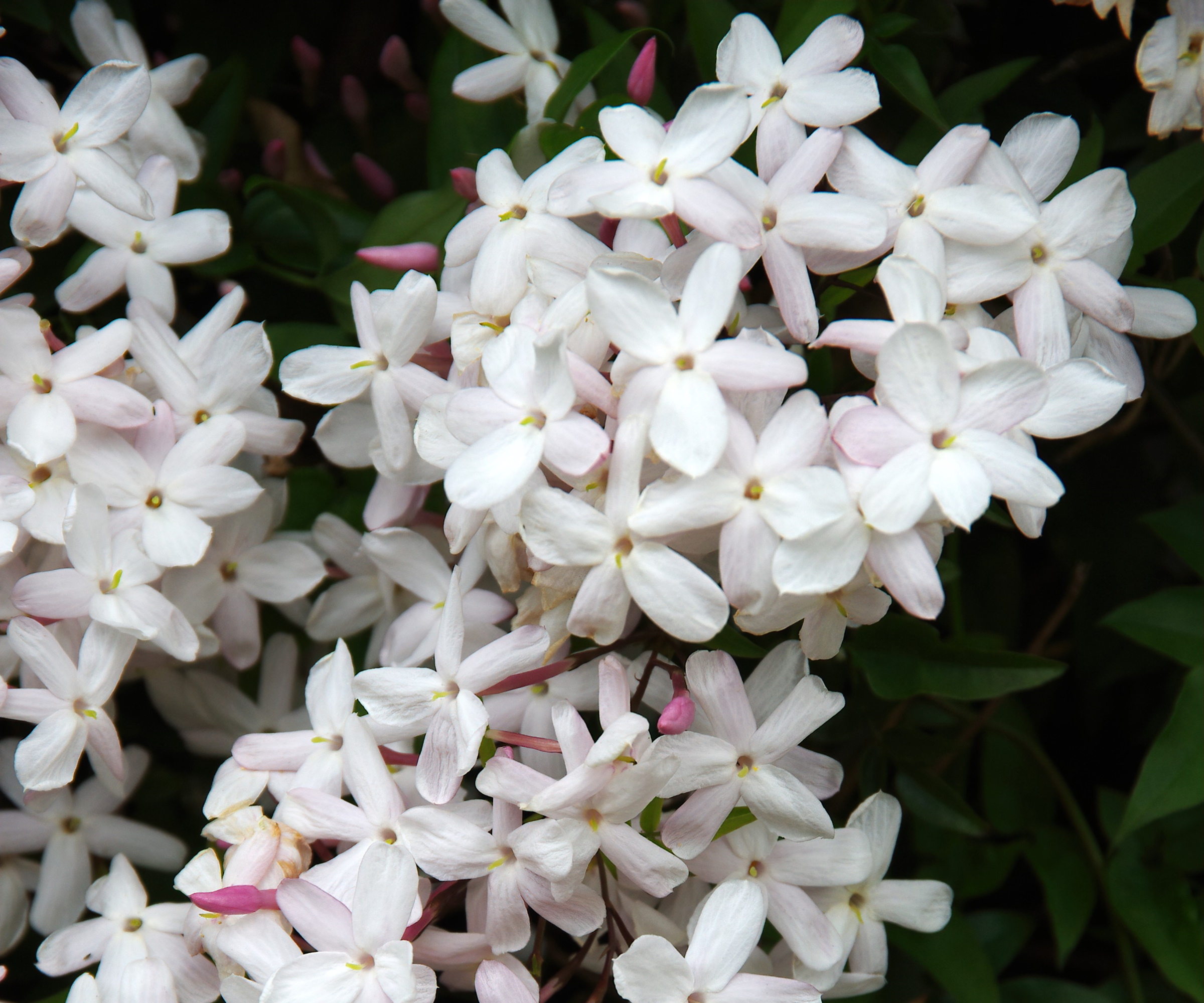
Much like pinching out zinnias, learning how to pinch out new jasmine growth can generate plenty of bushy growth and side shoots.
'To encourage a fuller, evenly shaped climbing jasmine, I recommend pinching back about 1/3 of the new growth,' Katie says.
When your jasmine produces new growth in spring and summer, pinch out the growing tips and a few inches of new growth, tying in these stems to support side shoots and horizontal growth.
You can pinch out either by hand or using sharp, clean tools. I prefer using secateurs, to ensure a neat cut. Pruning snips are available from Walmart.
FAQs
Can I grow jasmine in a shady garden?
Jasmine can be grown in part-shade but does best with at least 4 to 6 hours of sunshine each day. The more sun your plant enjoys, the more flowers it will produce. If you have a shady yard, I recommend growing a climber more suited to darker conditions, such as honeysuckle, or an evergreen clematis, such as Clematis armandii, both of which will grow well in a shady spot.
Following these 3 expert-approved tips is sure to help your jasmine plants thrive this year, with long-lasting and fragrant flowers perfuming the air during those warm summer evenings. For more gardening information, see our guide on how to grow winter jasmine, for fragrant and colorful blooms in the darker months of the year.







